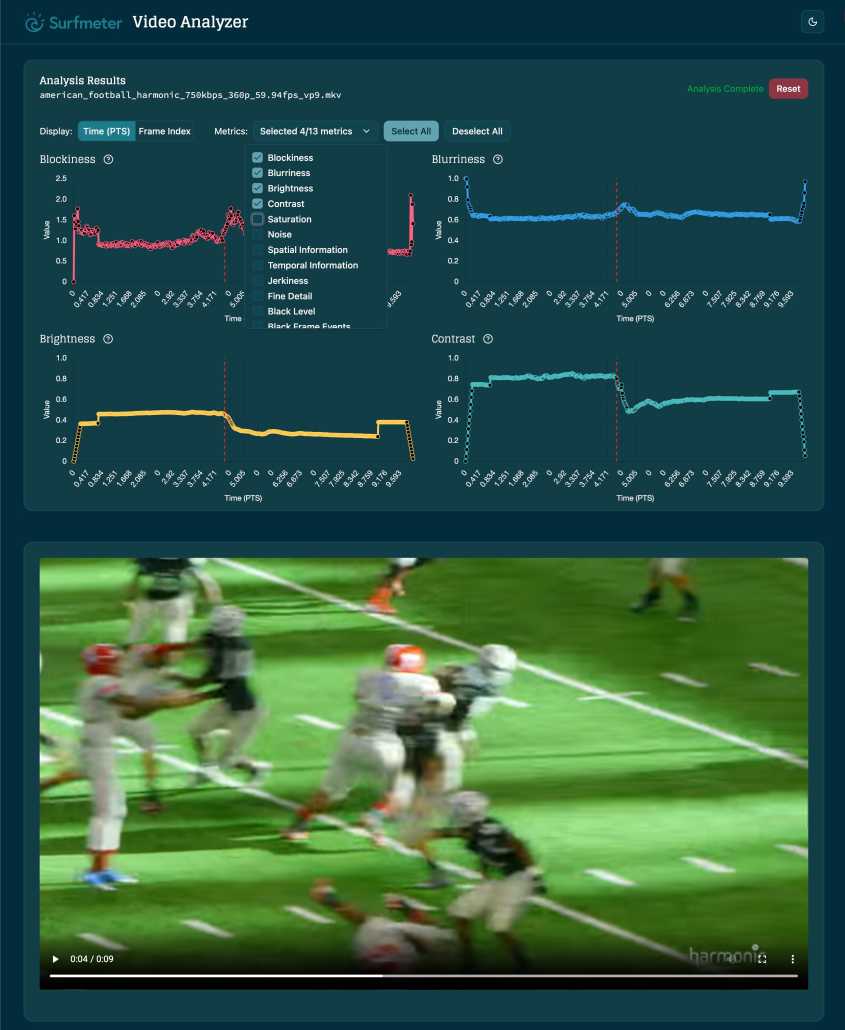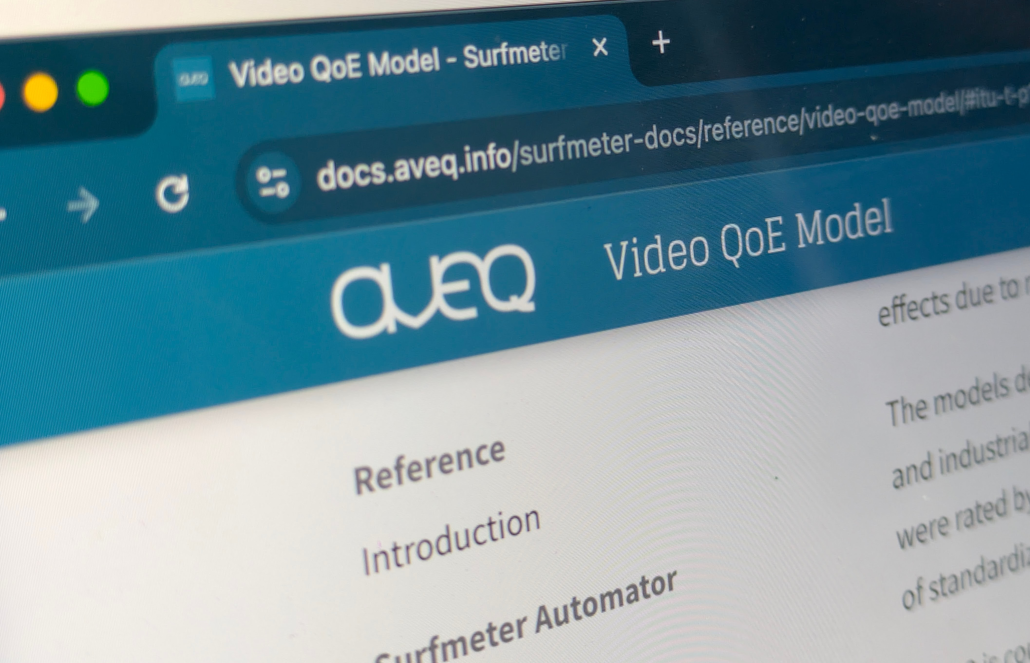
We’re pleased to share new research that has been published in IEEE Access. The findings validate the accuracy of QoE prediction models such as ITU-T Rec. P.1203 against real-world streaming conditions. The peer-reviewed paper, titled “Satellite Streaming Video QoE Prediction: A Real-World Subjective Database and Network-Level Prediction Models,” represents a collaboration between researchers at the University of Texas at Austin (LIVE), Viasat Inc., TU Ilmenau (Audiovisual Technology Group), and AVEQ. As the title indicates, it tackles the challenge of predicting video Quality of Experience (QoE) over satellite networks using real user data.
Read more





